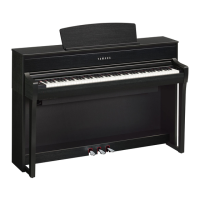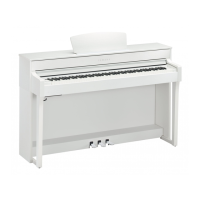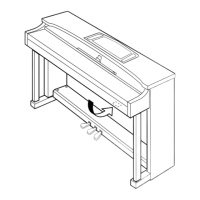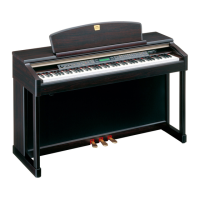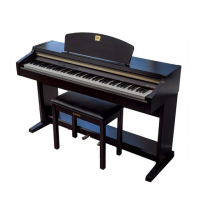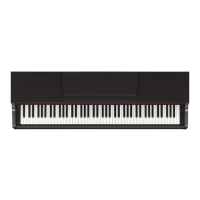Owner’s Manual
Mode d’emploi
CLP
-
685
CLP
-
675
CLP
-
645
CLP
-
635
CLP
-
665GP
FR
EN
Nous vous remercions d’avoir choisi le Yamaha Clavinova.
Afin d’exploiter votre Clavinova au maximum de ses performances et de ses fonctions, lisez attentivement ce mode
d’emploi et conservez-le pour le consulter ultérieurement.
Avant d’utiliser l’instrument, lisez attentivement la section « PRÉCAUTIONS D’USAGE » aux pages 6 et 7.
Pour plus d’informations sur l’assemblage de l’instrument, reportez-vous aux instructions figurant à la fin de ce
manuel.
Thank you for choosing the Yamaha Clavinova.
In order to make the most of your Clavinova’s performance potential and features, please read this Owner’s Manual
thoroughly, and keep it in a safe place for later reference.
Before using the instrument, be sure to read “PRECAUTIONS” on pages 6−7.
For information on assembling the instrument, refer to the instructions at the end of this manual.
EnglishFrançais
